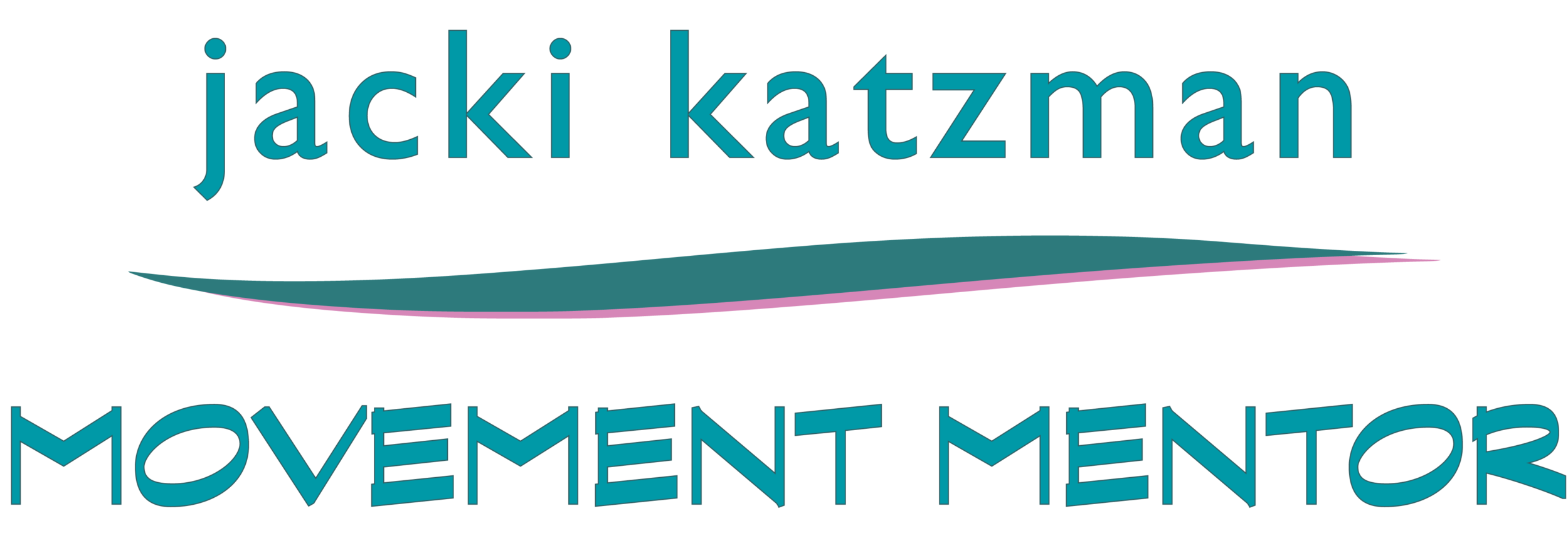Seeing Clearly - 8 - Telescope Eyes
Seeing Clearly - Lesson 8 - Telescope Eyes
Receive the Image. Let it come to you.
The conscious mind is almost entirely housed in the muscles of the eyes - Milton Erickson
Lesson 8 takes us deep into the eyes, behind the rods, cones, retinal to the optic nerves and back into the optical cortex. Or that’s one way to think of it. Another is the imagery of this lesson: a telescope that passively receives the image at which it is pointed. With relaxed breath, chest, tongue, cheeks and facial muscles, and finally, eyes as they rest on the supportive skeleton, feel what it’s like to simply receive the world from a place of balance and grounding.
This is a lying on back lesson, though you may want to sit and stand at the end. It is another extreme low impact, so be sure you are comfortable. The entire lesson is about relaxing as much as possible and bringing your awareness as far back into the eyes as possible.
Source: NASA.org
Understanding how a telescope works helps integrate the imagery. In our analogy, we point the telescope/use the eye muscles (see below) to bring the image into the field of view. From there, the light flows in, and is focused by a lens. The focused image hits the back of the telescope/retina and is processed from there (see below.)
So how does this actually work in our eyes? Watch this little video for a quick summary. Watch light approach, get bent for focus, flipped because that’s how it works, and then travel as electrical impulses to the optical cortex.
Muscles that move the Eyes
Source: geekmedics.com
Imagining the eyes as telescopes with the image resting on the optical cortex
Source: medicalnews.com
This lesson can have profound kinesthetic and even philosophical impacts. Master Feldenkrais teacher Carl Ginsburg used this lesson as a launching pad for a fuller description of how the Method works, excerpted here:
“Here is a particular Feldenkrais Awareness Through Movement lesson...
[O]ne is instructed to think that the right eye contains something like a small telescope where the lens is. One then looks to the right and then up and around so that one makes a slow careful circular movement with the right eye attending to any parts of the movement which are not smooth and easy.
By moving very slowly, delicately and attentively through the difficult portions of the movement, one begins to improve the quality of moving the eye.
[T]he distribution of tonus throughout the entire right side of the body has changed. This is observable to an outside person observing the face, the shoulders, etc.
What we have here is a clear demonstration of the effect of directed conscious awareness on the activity of the nervous system itself. Note that in moving the right eye the left eye automatically moves also. Thus the changes in the distribution of muscular activity are not the consequence of the movement per se.
The change then can only have resulted from the directing of awareness to the movement of the right eye. And this change is not localized with the eye, but distributed through the musculature of the entire right side and the corresponding movement organization.
Phenomenologically one feels one’s right eye in a new way. Initially as I begin to move my right eye in a circular motion, imagining the eye as a telescope, I move the eye in accordance with this image, feeling the movement of the eye with an attention that I normally do not bring to moving my eye.
Slowly as I move, directing my attention to where I can move with quality, i.e. a sense of ease and comfort, I find that I can approach the difficult places in the circle and begin to make a complete smooth and enjoyable movement. Now I experience a spreading ease throughout first the right side of my face, then with my breathing. Eventually I am directed to return to the movement of the hands, and find my right hand more supple and moveable. This is learning, however, not at the level of simple association, or conditioning.”
Thanks to all who participated in this series, and to my wonderful classmates Jenna Blaustein and Paula Alonzo for inspiring me to learn and share this series. It’s just a starting point: I do bits a pieces of the lessons throughout the day.
As an astigmatic, near sighted person, my favorites have been the prayer hand lesson where the eyes magnetize to the backs of the hands and using the tongue to settle the eyes in the head. I’d love to hear what you found.
The Curriculum Includes:
Our Eyes and Ourselves
Relaxed Eyes
Breathing to See
Easy Seeing
Improving Your Aim
Seeing Deeply
Integrating your vision
Telescope Eyes
David Webber overcame severe optic degeneration and shared his learning
Wednesdays | 9:30-10:15 AM and 6:30-7:15
New Student Registration
How you might feel after this lesson:
Relaxed, realigned, refocused, receptive.





